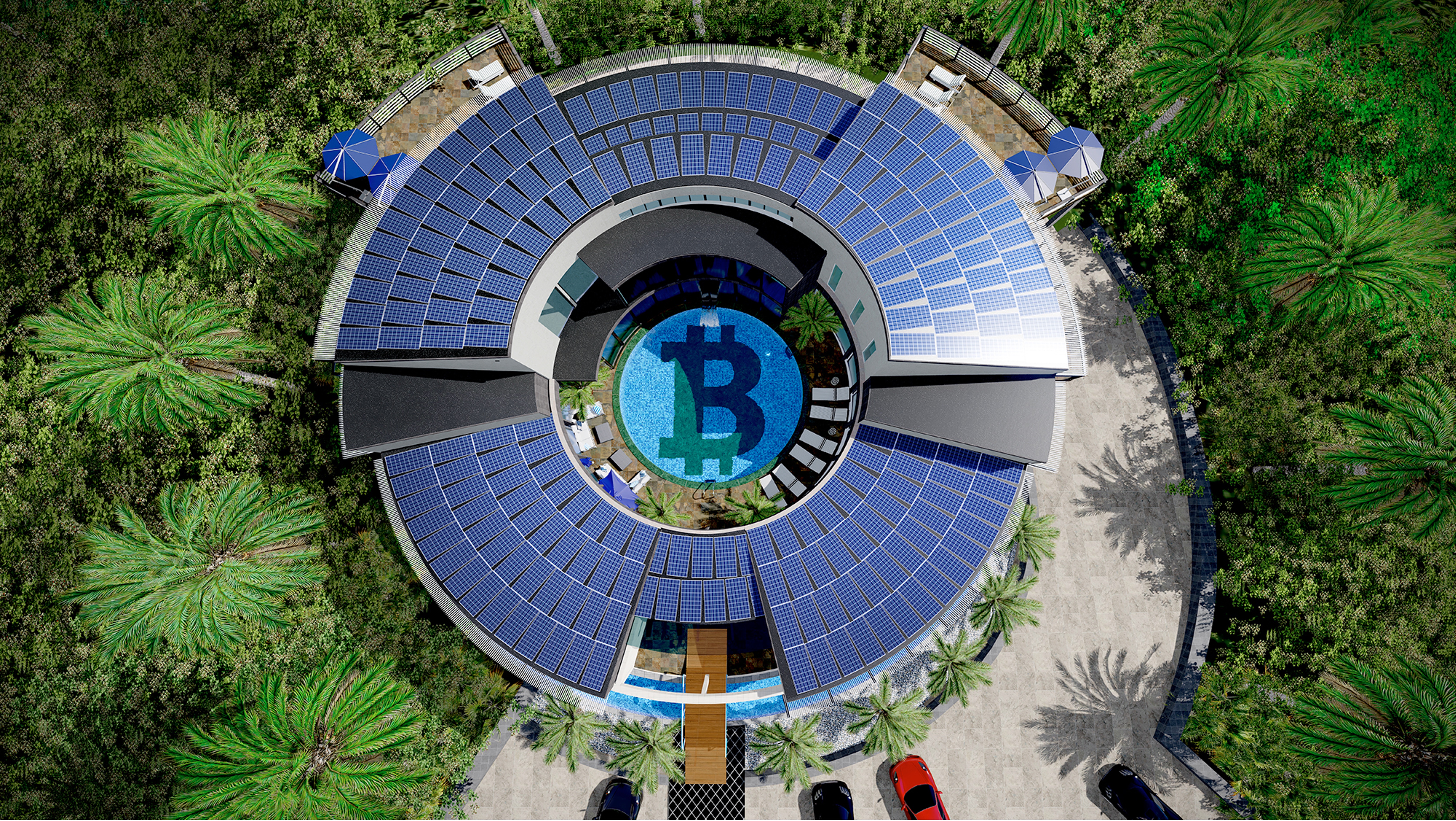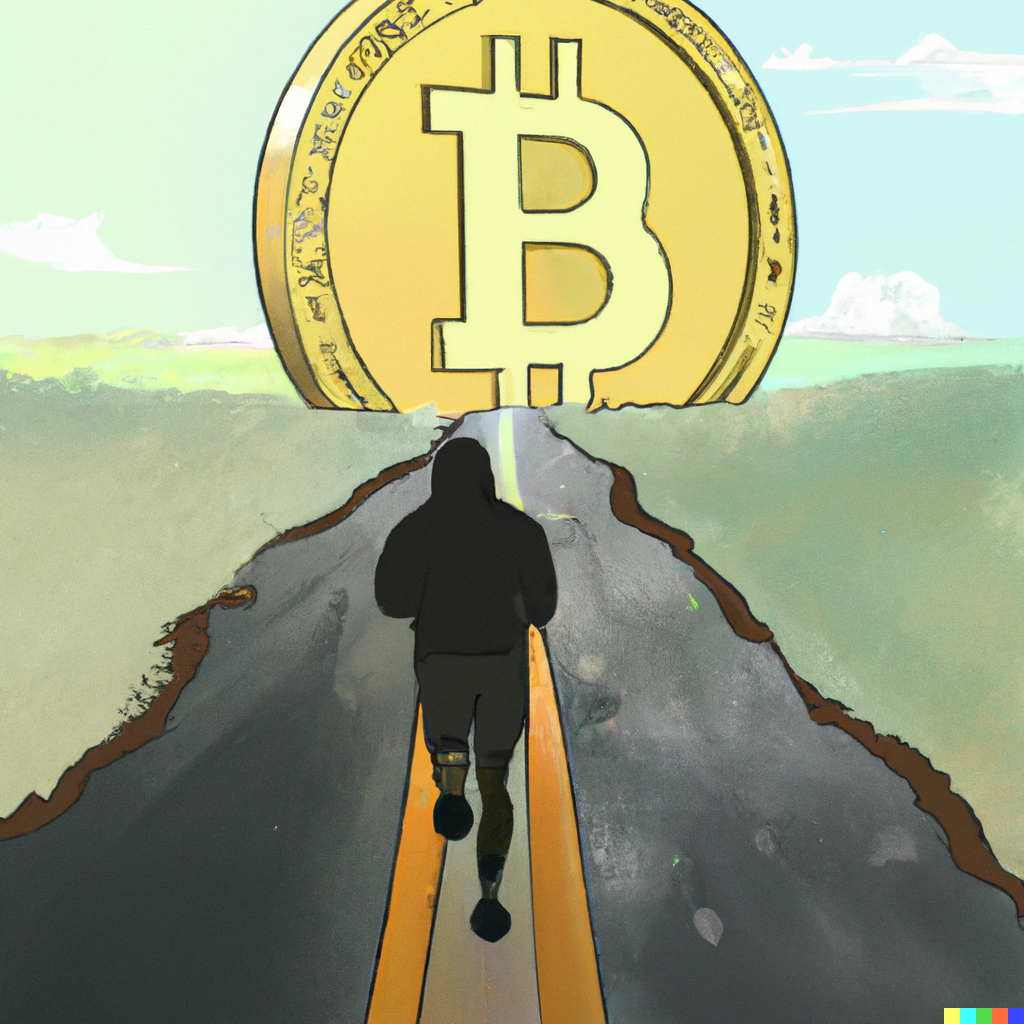Blockchain-Enabled Tokenisation of Real-World Assets in 2023
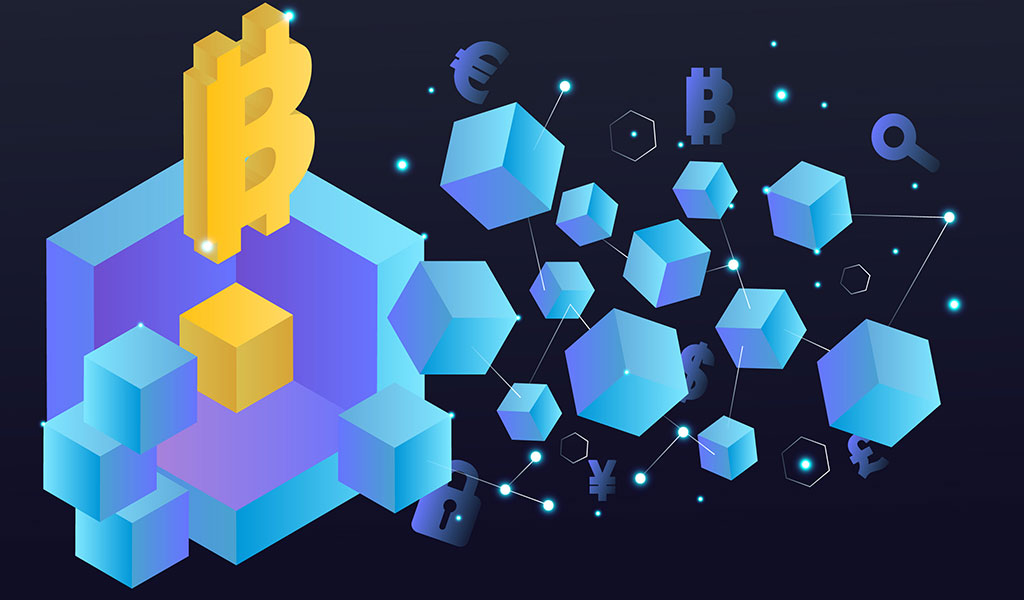
Content Table
-
Benefits of Tokenising Real-World Assets with Blockchain Technology
-
Security Considerations for Asset Tokenisation on the Blockchain
- Conclusion
1. Introduction to Tokenisation
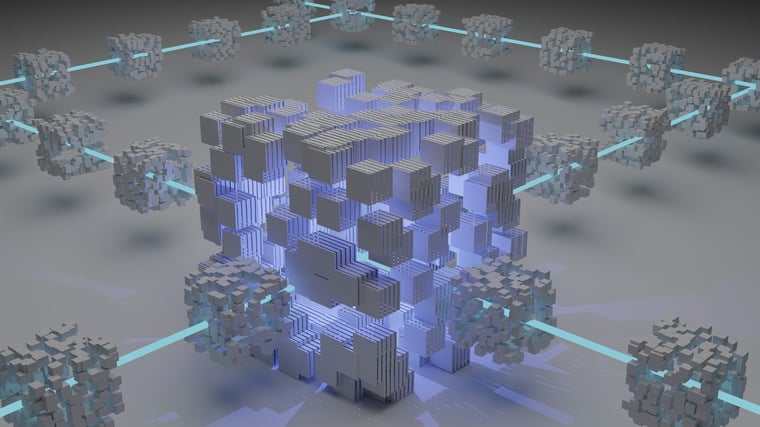
Thank you for joining us for this extensive discourse on Tokenisation, brought to you by Black Tie Digital.
Asset tokenisation is a game-changing technology that has the power to transform how assets are traded and managed.
By leveraging the potential of blockchain technology, asset tokenisation enables real-world assets to be digitally represented on distributed ledgers, thus unlocking new vistas of investment opportunities that were previously inaccessible.
Think about illiquid assets such as real estate, art, and precious metals that could be available at your fingertips.
In this comprehensive article, we'll take a deep dive into the potential implications of tokenisation on markets, governments, and the broader adoption of cryptocurrencies over the next few years.
We'll take a closer look at the prevailing trends in tokenisation, with a series of examples from across the globe and we'll provide you with some valuable insights that will help you navigate the tokenisation landscape, and equip you with practical and actionable strategies for succeeding in this space.
Thank you for joining us on this tokenisation journey!
2. What is Tokenisation of Assets and How Does it Work
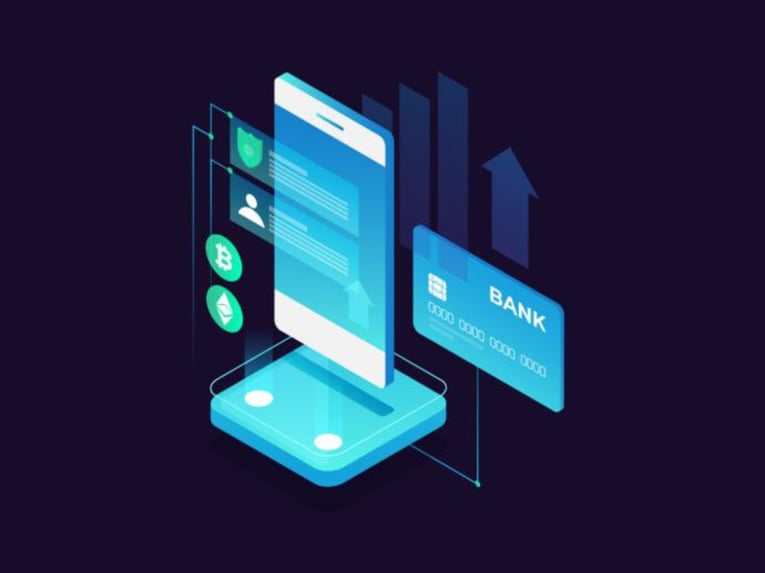
Tokenisation of assets is a process that aims to convert real-world assets into digital tokens that are powered by blockchain technology.
These tokens, in turn, can be utilized for various purposes, such as trading or transferring value between users, while remaining secured with robust blockchain protocols.
From conventional financial assets such as stocks and bonds, to exotic assets such as real estate, art, and even virtual assets like in-game items and cryptocurrency, tokenisation can unlock significant value in asset ownership and investment.
The tokenisation process, in a nutshell, involves the creation of a unique digital identifier or token that represents a specific asset.
- These tokens are then stored on a blockchain, which enables tracking, verification, and trading with other tokens.
- Each token represents a fraction of the underlying asset and comes with certain rights and benefits that the token holder can enjoy.
Tokenisation can increase the liquidity and accessibility of assets, enable fractional ownership, reduce transaction costs, and significantly enhance transparency and security.
Beyond that, tokenisation can extend asset ownership and investment opportunities to a wider range of investors, including retail investors who previously had limited access to certain asset classes due to financial circumstances.
Tokenisation of assets is an innovative use case for blockchain technology that has the potential to transform traditional financial systems, unlock new investment opportunities, and create value for asset owners and investors alike.
3. Benefits of Tokenising Real-World Assets with Blockchain Technology
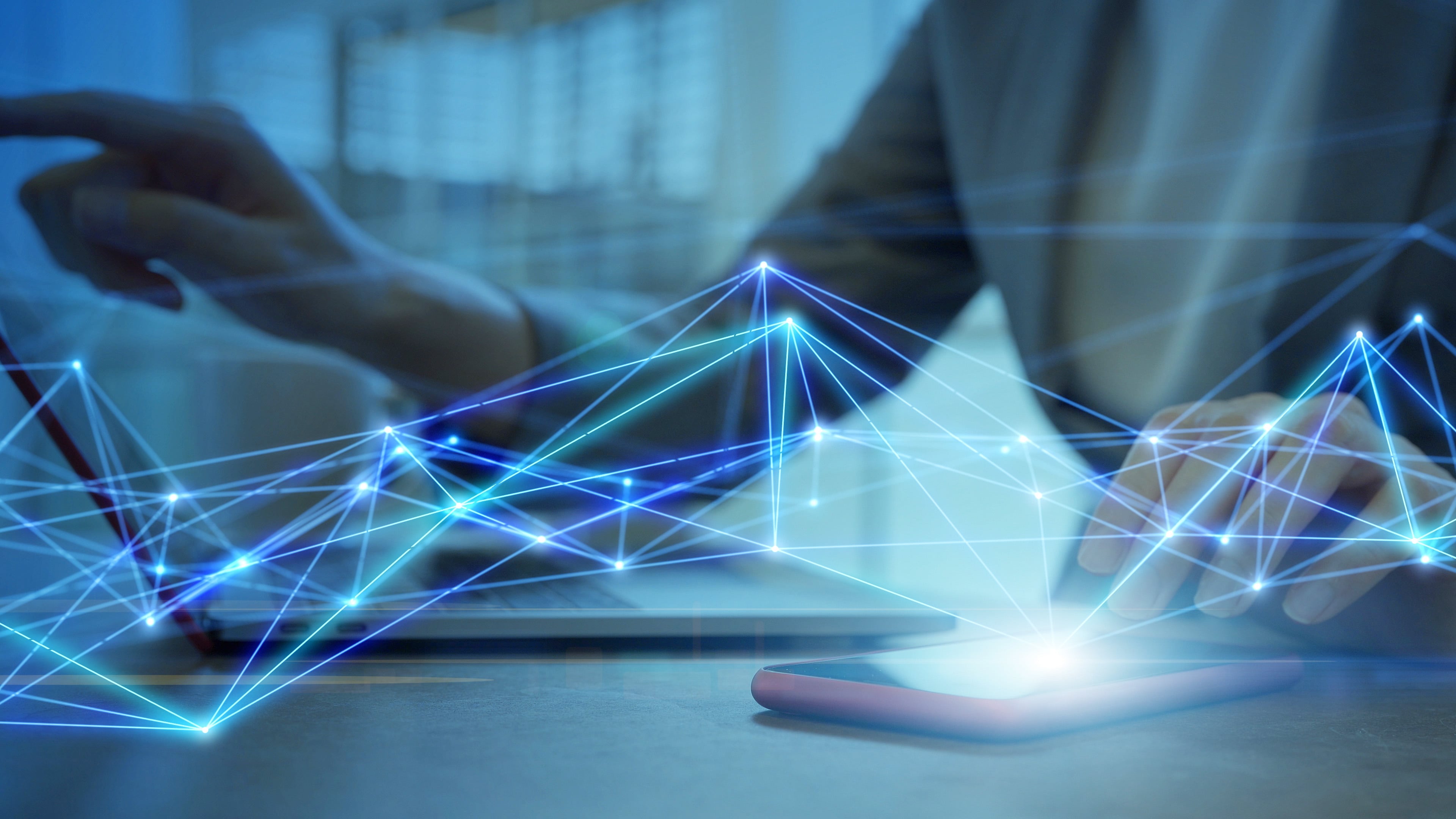
Tokenisation of assets involves the conversion of ownership of real-world assets (RWAs) into digital tokens through the use of blockchain technology.
Some of the benefits of tokenisation are:
- Increased liquidity
- Tokenisation of real-world assets allows investors to buy and sell fractional ownership of assets without requiring a full buy-in.
- This approach increases liquidity and makes investment in traditionally illiquid assets more accessible to a wider range of investors.
- Fractional ownership
- Tokenisation enables investors to own smaller portions of high-value assets like real estate, artwork, or companies.
- This makes investment portfolios more diverse and helps investors who cannot afford full buy-in to invest in high-value assets - democratising investment opportunities.
- Cost efficiency
- Tokenisation reduces transaction costs associated with the transfer of ownership of assets by eliminating intermediaries like brokers or lawyers from the process.
- Additionally, the use of blockchain technology can simplify the process of asset ownership and management.
- Increased transparency and security
- Blockchain technology provides a tamper-proof and transparent record of all transactions, including ownership and asset transfer.
- This increased transparency and security helps to reduce the risk of fraud or errors in the transfer of ownership.
- Access to a wider range of investors
- Tokenisation of traditionally illiquid assets makes investment more accessible to a wider range of investors, including retail investors who previously lacked access to these assets due to financial reasons.
- This ultimately creates a more inclusive and diverse investment landscape.
Overall, tokenisation of real-world assets has the potential to transform traditional financial systems, providing increased liquidity, fractional ownership, reduced transaction costs, and improved transparency and security.
4. Challenges Faced in Implementing Asset Tokenisation
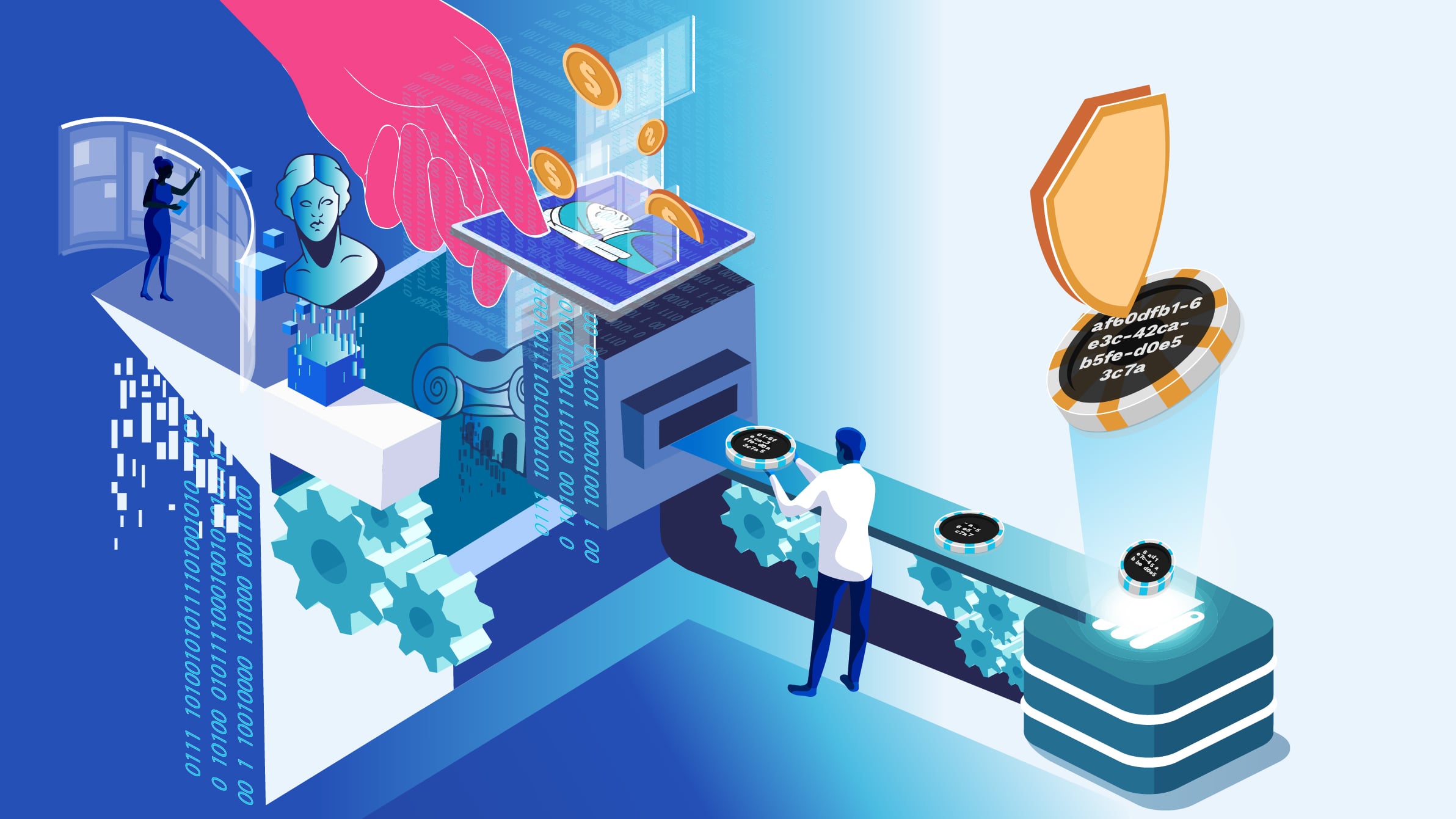
The idea of asset tokenisation has the potential to transform the traditional financial landscape, but there are several challenges that need to be addressed for its full implementation.
One of the biggest hurdles is regulatory compliance.
Tokenisation of assets may require approval from regulatory bodies and compliance with securities laws, anti-money laundering (AML), and know-your-customer (KYC) requirements.
However, different jurisdictions have different regulatory requirements, which can make it challenging for international tokenisation projects to navigate through the regulatory maze.
Another key challenge is legal and contractual complexities.
- Asset tokenisation may require restructuring of existing contracts to facilitate fractional ownership and transfer of ownership of the underlying asset.
- This can be especially complicated when the assets are subject to multiple legal jurisdictions or multiple rights exist in the asset.
Therefore, ensuring that legal and contractual issues are resolved and documented correctly can be a challenge.
What about technical challenges? The technical challenges of tokenisation are also significant.
Tokenisation of assets requires sophisticated technical infrastructure, such as:
- Smart contract development,
- security protocols, and
- storage solutions that can handle high transaction volumes.
Implementing such infrastructure requires specialised technical expertise and investment in the right infrastructure to ensure scalability, security, and performance.
Another obstacle to the widespread adoption of asset tokenisation is the lack of standardization.
Currently, there is no specific standard or code of conduct for asset tokenization, which means that different tokenization projects may use different technical protocols and structures, making it challenging to exchange tokens between platforms.
Henry Ford was on to something when he ventured down the interchangeable parts route.
Standardisation would make it easier to exchange tokens between different platforms and establish a common protocol.
Beyond that, public perception is also a challenge.
Asset tokenisation is still a new concept, the new kid on the block if you would, and public perception may take time to change.
Building trust in the security and reliability of asset tokenisation platforms is important to increase adoption and drive market growth and penetration.
Despite these challenges, the potential benefits of asset tokenisation are large, and it can impact governments at several levels.
One of the significant ways in which governments could be affected by asset tokenisation is through regulatory frameworks.
- Governments may need to update their regulatory frameworks to accommodate tokenisation since it is a new way of investing in assets.
- They will need to establish guidelines to govern tokenisation projects and determine how they fit within existing securities, taxation, and AML laws.
- Token mapping, mapping token functions and activities to existing frameworks may be useful, something Australia has recently engaged in.
Another way governments may be impacted financially is through the tokenisation of public assets - think government-owned land and companies as an example.
- This could open up a new source of revenue for the government or provide a way to fund public projects by issuing tokens backed by public assets.
- Do we contemplate the implications of governments using tokenised public assets in DeFi protocols to generate yields? That would be interesting...
- Tokenisation of assets provides greater transparency and accountability, which can lead to better governance of public assets.
- Governments may be able to better monitor how public assets are being used, and identify any misuse or mismanagement of these assets.
In addition, tokenisation of assets can improve the efficiency of government processes. For instance, governments can use blockchain to manage land registry systems, and tokenization can help transfer property titles more efficiently.
Tokenisation can also help reduce costs and eliminate intermediaries, which can result in more streamlined processes for government agencies.
Last but not least, governments can leverage tokenisation to simplify international trade by digitizing trade finance documents, such as bills of lading and letters of credit.
This can help reduce the time and cost of trade finance, leading to increased global trade.
Overall, the tokenisation of assets can have significant implications for governments, and they will need to work closely with industry stakeholders to ensure that regulatory frameworks keep pace with the development of tokenisation projects, whilst being cautious to not stifle innovation and growth.
5. Types of Assets That Can Be Tokenised Using Blockchain
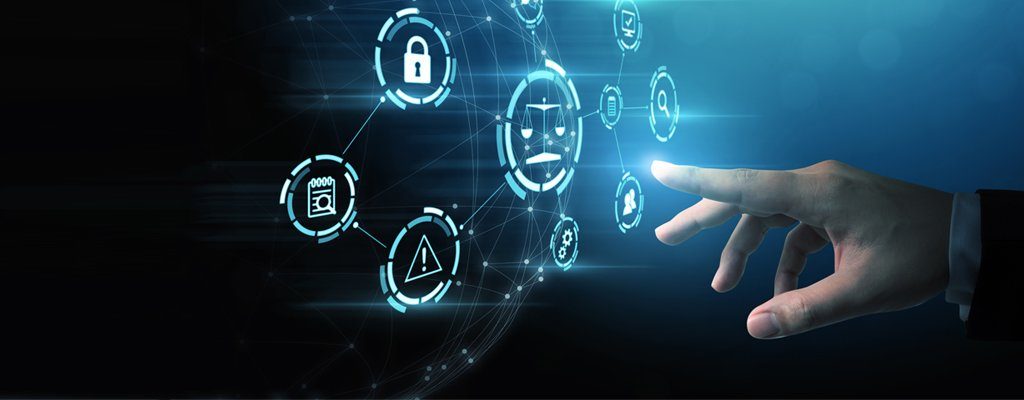
The possibilities of tokenisation are far-reaching! With a clear and verifiable ownership structure, almost any asset can be tokenised, offering a plethora of benefits to investors.
Let's explore some examples of assets that can be tokenised:
- Real Estate
- Tangible and valuable, real estate can be tokenised to provide fractional ownership opportunities to a wider range of investors.
- Tokenisation can increase liquidity in the real estate market, making property sales and transfers more efficient.
- Art and Collectibles
- High-value and illiquid, art and collectibles can be difficult to sell.
- Tokenisation offers a solution, allowing investors to own a fraction of an artwork or collectible and trade it with greater ease.
- Securities
- Stocks and bonds can be tokenised to create a more transparent and efficient system for trading.
- This can lead to faster and more cost-effective trading, reducing intermediaries in the securities market.
- Commodities
- Tokenisation of commodities, such as gold, oil, and other natural resources, can provide an efficient way for investors to access these assets.
- By owning fractions of these assets, investors can reduce the cost of trading commodities.
- Intellectual Property
- Tokenisation can also be used for intellectual property, including patents, copyrights, and trademarks.
- This offers a more transparent and efficient system for managing and licensing these assets.
- Infrastructure Assets
- Toll roads, airports, and bridges can be tokenised to provide investors with fractional ownership opportunities.
- This new source of financing for infrastructure projects offers investors a chance to contribute to important public works.
- Luxury Assets
- High-end vehicles, yachts, and private jets can be tokenised, offering investors fractional ownership opportunities.
- This makes these luxury assets more accessible to a wider range of investors.
The potential for asset tokenisation is huge. With tokenisation, investors can access and trade a diverse range of assets more efficiently and transparently, leading to more inclusive investment opportunities.
Exciting times are coming!
6. Security Considerations for Asset Tokenisation on the Blockchain
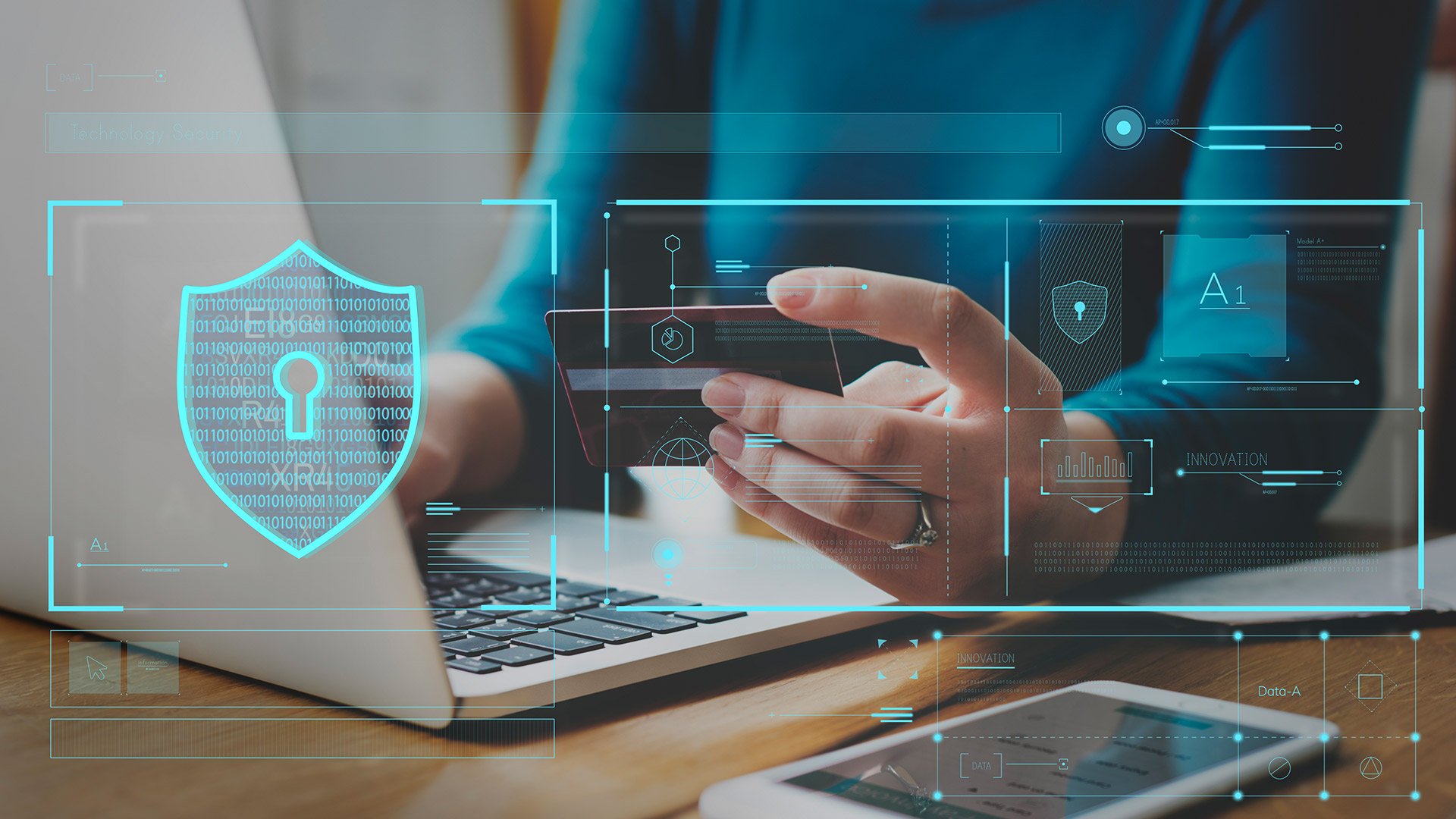
While tokenisation provides numerous benefits, security remains a crucial consideration that cannot be ignored.
The potential loss of tokens and the assets they represent is a major concern when it comes to security breaches on the blockchain.
To prevent this from happening, various security measures must be put in place.
One of the most critical security considerations for asset tokenisation on the blockchain is smart contract security.
- These contracts manage the tokenisation of assets on the blockchain and must be thoroughly audited and tested for vulnerabilities.
- Any flaws in the smart contract can lead to the theft or loss of tokens.
Another crucial aspect of security in asset tokenisation is private key management.
Private keys are used to access and transfer tokens on the blockchain, and they must be securely stored to prevent unauthorised access.
Identity management is also vital to prevent fraudulent activities, such as impersonation, and to ensure that only authorised parties have access to the tokenised assets.
The security of the blockchain network is equally important in asset tokenisation.
Strong encryption, firewalls, and intrusion detection systems can help ensure the integrity of the blockchain network and prevent unauthorised access or tampering with transactions.
Also, tokenised assets must comply with legal and regulatory requirements, including KYC/AML and securities regulations.
Failure to comply with these requirements can result in severe legal and regulatory consequences, damaging the reputation of the tokenisation project.
Disaster recovery plans must also be put in place to ensure the continuity of the tokenisation project.
Regular backups and redundancy systems can help prevent the loss or theft of tokens in case of a disaster or blockchain network failure.
Robust security measures and compliance with legal and regulatory requirements are essential for the security and integrity of tokenised assets.
7. Use Cases for Asset Tokenisation on the Blockchain
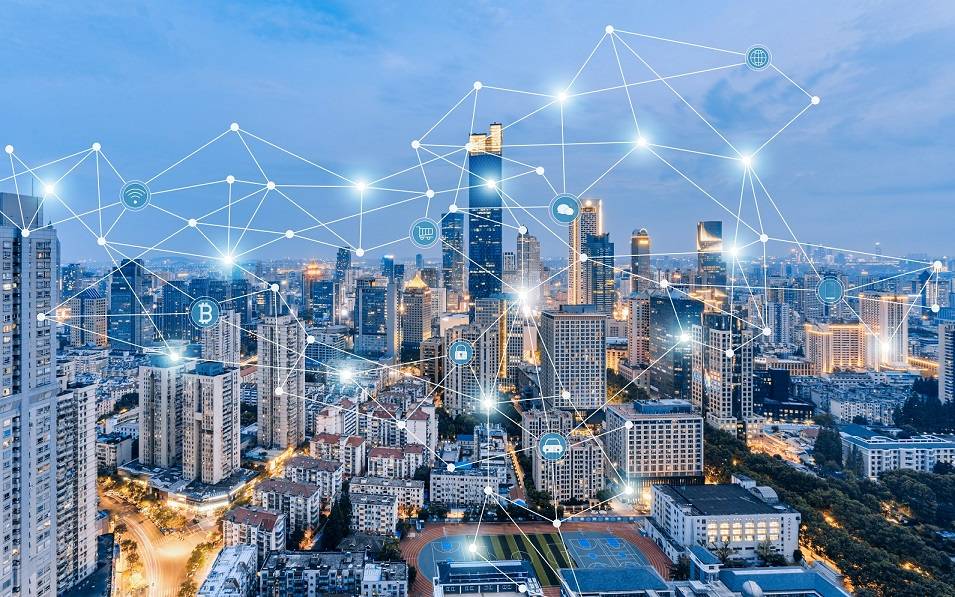
Looking for new investment opportunities? Asset tokenisation on the blockchain is a game-changing technology that will transform the way we invest.
Here are some real-world examples of use cases for asset tokenisation:
- Real Estate
- By tokenising real estate assets on the blockchain, investors can buy and sell fractions of properties, reducing the barriers to entry for investing in this asset class.
- This has already notably been done with $100 million of real estate, tokenised by Harbor in 2019, and Red Swan x Polymath tokenising $2.2B of real estate in 2020.
- Art and Collectibles
- Tokenisation can provide a more accessible way for investors to invest in high-value assets such as art and collectibles, while also providing greater liquidity for traditionally illiquid assets.
- Maecenas is a blockchain platform that enables investors to buy fractional ownership of art pieces.
- Securities
- Tokenisation of securities on the blockchain can reduce costs and speed up the transaction process, making investing in securities more accessible to a wider range of investors.
- Overstock.com launched tZERO, a security token exchange platform that allows for the trading of security tokens.
- Commodities
- Tokenisation of commodities on the blockchain can enable investors to buy and sell fractions of these assets, reducing the barriers to entry for investing in commodities.
- Coming out of Australia, the government-owned Perth Mint, has tokenised gold for investment purposes.
- Infrastructure Assets
- Tokenisation can be used to fund infrastructure projects by enabling investors to purchase fractional ownership of these assets.
- Neufund enabled investors to purchase tokens representing shares in a building in Berlin, which was renovated and converted into a co-working space.
- Intellectual Property
- Tokenisation can be used to manage and monetize intellectual property, such as patents and trademarks.
- The blockchain x AI platform IPwe provides a marketplace for the buying and selling of patents and other intellectual property, with the use of blockchain ensuring the ownership and authenticity of the assets.
8. The Future of Asset Tokenisation With Blockchain Technology
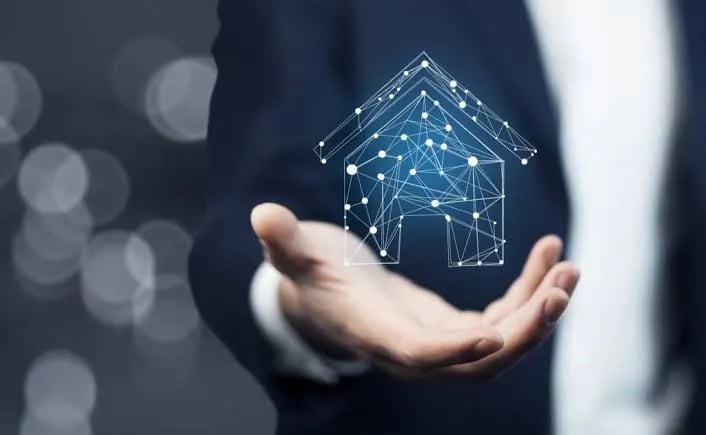
Here are some ways asset tokenisation is likely to develop in the future:
Greater Liquidity- Asset tokenisation can increase liquidity for traditional assets like real estate, commodities, and collectibles, making it easier for investors to buy and sell them.
- As awareness of tokenisation opportunities grows and key players exert focused effort to expand the industry, tokenised assets will be able to be sold much faster, thus increasing their value and overall liquidity.
- Smart contracts on the blockchain can automate transactions, reducing the need for intermediaries, and lowering transaction costs.
- This can increase the efficiency of asset trading and management.
New Asset Classes
- Tokenisation can enable the creation of new asset classes, such as a bundle of assets or a portfolio of stocks that can be traded on the blockchain.
- This can open up new investment opportunities and diversify portfolios.
Enhanced Transparency
- Blockchain technology can increase transparency in asset trading and management by providing an immutable and auditable record of ownership and transactions.
- This can increase trust and confidence in the asset market.
Regulatory Frameworks
- As the asset tokenisation market develops, regulatory frameworks are likely to emerge to govern the trading and management of tokenised assets.
- These frameworks can provide guidance on the legal and regulatory requirements for asset tokenisation, ensuring a fair and safe market.
9. Conclusion
The global blockchain market is on the rise, and the tokenisation of real-world assets is at the forefront of this growth. In fact, the asset tokenisation market could reach a whopping USD$16.1 trillion opportunity by 2030.
This is a staggering amount, and it speaks to the power of blockchain technology to transform the way we invest, trade, and manage assets.
The trend toward tokenisation of assets is not slowing down anytime soon. In 2020, we saw an unprecedented surge in asset tokenisation, with over $4 billion in assets being tokenised.
This is a significant increase from the $1.3 billion in assets tokenised in 2019, demonstrating the growing acceptance and adoption of blockchain technology for financial applications.
As the asset tokeniSation market matures, we can expect to see more investors and asset managers recognizing the benefits of blockchain technology.
With the right regulatory frameworks in place, the asset tokenisation market has the potential to revolutionise the way we invest, trade, and manage assets, creating new opportunities for businesses and investors alike.
The future of asset tokenisation with blockchain technology looks incredibly promising, and we are only scratching the surface of what's possible.
With continued innovation and adoption, the possibilities for the asset tokenisation market are truly endless.
If you haven't already make sure you're following us on socials:
- Twitter: https://twitter.com/B4Real_Official
- Facebook: https://www.facebook.com/b4realofficial
- Discord: https://discord.gg/PaWFVngZ
- Telegram: https://t.me/blacktiedigital
- Youtube: https://www.youtube.com/BlackTieDigitalOfficial
- Spotify: https://open.spotify.com/show/7JB76wKfBNBwBU7tCi61QP?si=mjAX8CVCRvakDLZgEGIYzw

